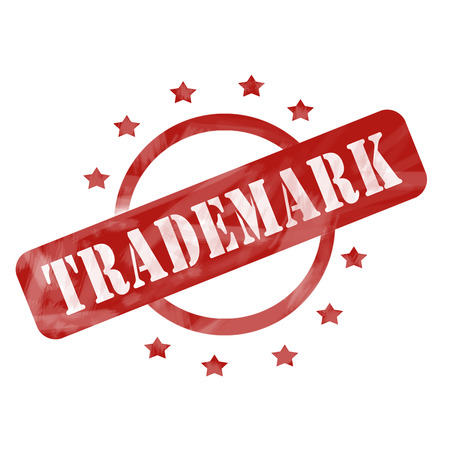Overview
Regulations implementing the  Trademark Modernization Act of 2020 (TMA) went into effect on December 18, 2021. The new rules and procedures are multifaceted and address several aspects of trademark law, both with respect to litigation and USPTO practice.
Trademark Modernization Act of 2020 (TMA) went into effect on December 18, 2021. The new rules and procedures are multifaceted and address several aspects of trademark law, both with respect to litigation and USPTO practice.
Presumption of Irreparable Harm
For those seeking to enforce already registered trademarks through courts, the TMA clarifies that irreparable harm can be presumed in requests for injunctive relief. Since the U.S. Supreme Court's patent related decision in eBay Inc. v. MercExchange, 547 U.S. 388 (2006), U.S. appellate courts have been divided on whether they extend that ruling to trademark cases. This has lead to inconsistencies regarding whether irreparable harm could be presumed in trademark cases, or if the strict four equitable factors needed to be weighed in each instance. The TMA ends that division, and eases the burden on trademark owners attempting to obtain injunctions against infringers, at the preliminary injunction stage as well as upon a final determination of infringement.
Challenging Trademarks in the USPTO
For those seeking to challenge pending or registered trademarks in the USPTO, there are several new tools that can be utilized.
- Challenging Registered Trademarks - Expungement and Reexamination
Registered trademarks can now be challenged through two new types of administrative proceedings in the USPTO, expungement and reexamination.
Expungement allows a party to request cancellation of some or all of the goods or services in a registration on the basis that the trademark was never actually used in commerce with those goods or services. If a petition for expungement establishes a prima facie case, by providing evidence of a “reasonable investigation” showing that the registered mark was never used for the goods and services identified, the proceeding will be instituted. An examiner will issue an office action to registrant notifying them of the proceeding. The registrant will have three months to respond and submit sufficient evidence of use of the challenged goods or services.
Reexamination allows a party to request cancellation of some or all of the goods or services in a use-based registration on the basis that the trademark was not in use in commerce with those goods or services on or before the statutorily defined relevant date which is the filing date of the application. When the underlying application was initially filed as an intent to use application, the relevant date is the date of an amendment alleging use or the deadline for filing a Statement of Use. Reexamination must be requested within the first five years after registration.
A successful expungement or reexamination proceeding will result in the challenged goods or services being cancelled, and they will no longer be covered by the trademark registration.
Expungement and reexamination proceedings can both be used to target any trademark registration that is incorrect, and there is no need to prove fraudulent intent. Accordingly, trademark registrants should carefully review the accuracy of any claims that its marks are being used in U.S. commerce. Claims of use must be correct for all of the goods and services listed in trademark registrations. In situations where some of the listed goods and services are not actually being offered in U.S. commerce as of the relevant date, those goods or services should be deleted.
2. Challenging Pending Trademark Applications - Letters of Protest
The TMA also provides statutory authority for filing a letter of protest in a pending trademark application. While the submission of such letters has been an ongoing practice, specific rules have now been put in place for third parties to submit evidence relevant to a ground for refusal in examination. The TMA sets a two-month deadline for the USPTO to act on such submissions, and provides that the Director's decision on a letter of protest is final and non-reviewable.
Changes to Trademark Prosecution
For those seeking to obtain or maintain a trademark registration in the USPTO, the TMA shortens the period for responding to an office action from six months to three months. If applicants need additional time, they may file one extension of time, for a fee, that will give them an additional three months to respond. If an extension request or response is not filed within the first three months, the application will be abandoned, or the registration will be cancelled or will expire. This change does not go into effect until December 1, 2022, but should serve to shorten the timeline for trademark prosecution.
Overall, the TMA is yet another step forward in the ongoing process of trying to improve trademark procedures and law, as well as providing ways to remove invalid trademarks from the register.
